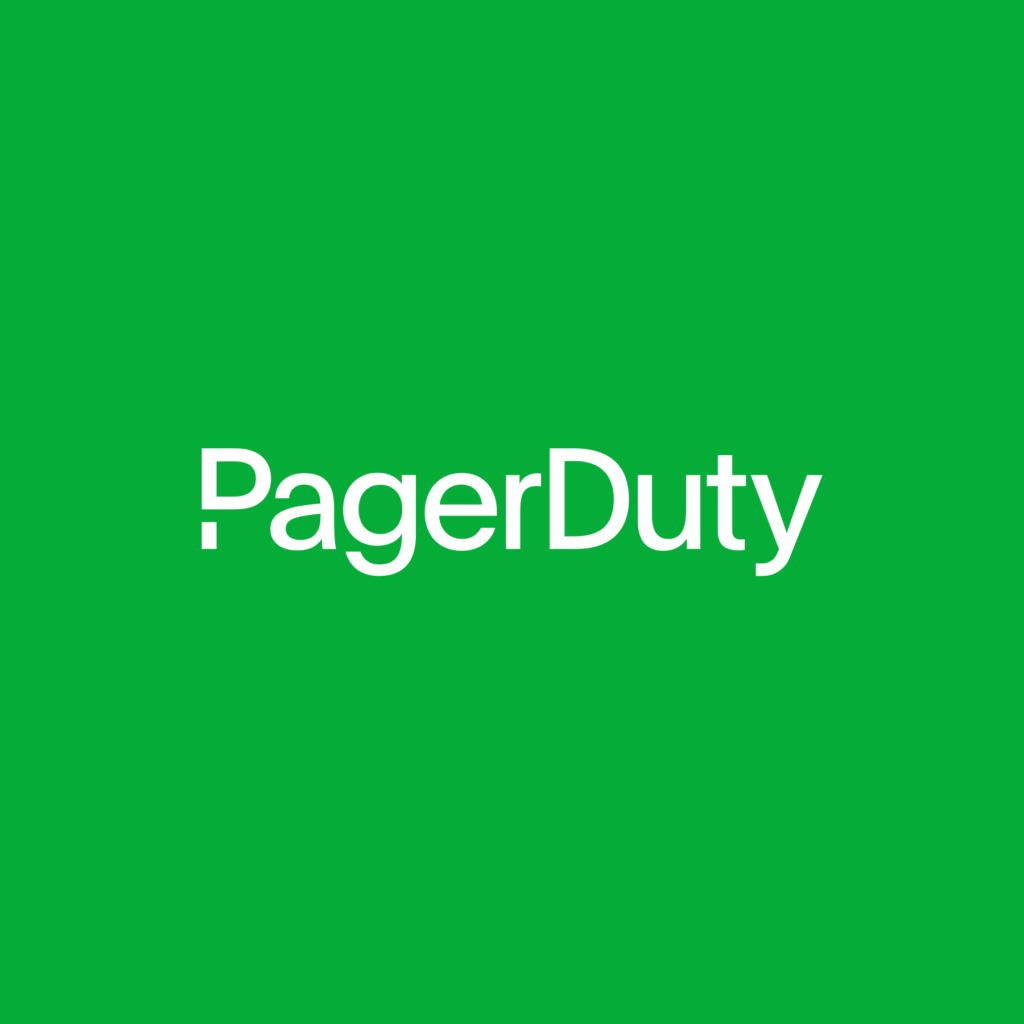- PagerDuty /
- Blog /
- Collaboration /
- Incident Response: Protecting Your Brand and Reputation From the Get Go
Blog
Incident Response: Protecting Your Brand and Reputation From the Get Go
Customers are loyal to companies with whom they feel a shared set of values. So when an unexpected event strikes a company, the resulting upheaval places the brand at risk. Whether it’s an airlines blunder or a performance incident involving technology systems, these moments affect the customer experience by taking down your ability to serve customers well. With more digital channels giving customers access to brands, the reality today is that companies are operating in a world that is watching their policies, actions and how they handle themselves when things go wrong.
The effect of this shift has placed brand in the CEO’s office and given corporate communications a seat in the incident operations. The challenge, however, is that organizations tend to focus on the common areas of an incident response such as the technology, product and security aspects to the exclusion of others, like corporate communications. But what really matters is that when all aspects are integrated into the incident operations early, how they work together can be the most effective strategy when an unexpected event arises.
In a recent Forbes article, we shared three communication tips that organizations can use to protect their brand during a crisis, especially when nuances of an incident are overlooked. Taking control of the storyline in such situations is the responsibility of corporate communications. Their role is to prepare and execute a communications plan that can make a difference in your operations and customer engagement. When corporate communications are aligned to your incident response operations, its value helps to address:
The speed of bleeding
During a major incident, the traditional response team often includes just technical and security stakeholders. While the experts identify and work to resolve the issue, the corporate communication teams are usually on standby, being pulled into response operations late. Meanwhile, across the digital channels, public opinion is taking shape while the incident unfolds. Reporters are publishing stories, and the community, users, and partners are sharing their thoughts across social channels. By involving the corporate communications team early as the incident unfolds, there is an opportunity to slow the bleeding to a brand that is in crisis.
The reshaping of the brand
In the post mortem phase, relevant stakeholders across the business who are involved in the major incident gather to discuss what happened, how the response operations executed and what could be improved. For the corporate communications team, once an event has passed, they work behind-the-scenes across an organization to renew the customers and community trust. They determine where the corporate narrative goes next and practice good judgment to determine what should and shouldn’t be addressed as a PR opportunity. Following a crisis, brands are quick to tell customers how much care and action they’ve taken to fix their reputation quickly. In some cases, it can backfire in the face of inconsistent behavior or when the next related event occurs.
The expectations of how companies operate – and the role of communications – is rising quickly in the digital era. As new technology emerges and digital channels increase, integrating communications early in the operations of a major incident response can make the difference between accolades from the public or negative affiliation of your brand.


